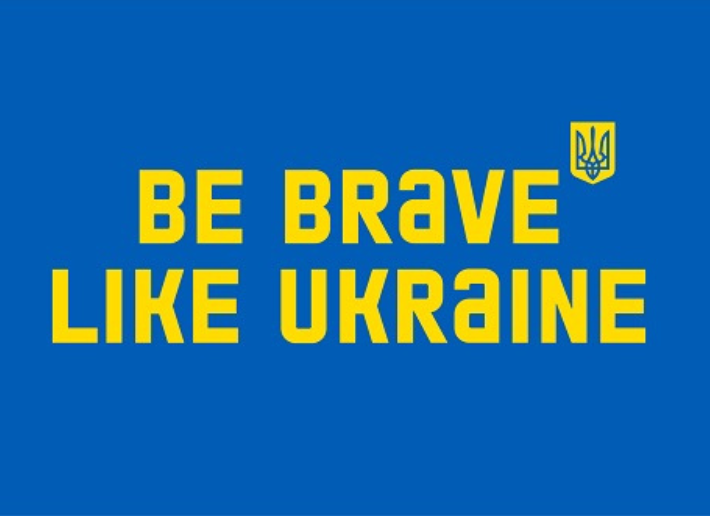From a certain point, the founders of DroneUA had no connection to aviation or engineering. Valeriy Iakovenko, 36, graduated from medical university and worked in insurance and banking. His partner, Fevzi Ametov, 38, came from the investment business. In the summer of 2013, they invested $30,000 in a company manufacturing and selling drones. The partners had no specific action plan or business model. "We dreamed of assembling drones and conquering other markets with their help," says Iakovenko.
Today, DroneUA is the largest drone distributor in Ukraine, with a turnover of $6 million. The company's founders decided to use Chinese developments instead of competing with them.
They arrived at this strategy through trial and error. Initially, Iakovenko and Ametov developed an agricultural drone called the PD1900, which could fly for 120 minutes using a foam frame. The drone cost $2,400, while imported alternatives were ten times more expensive, recalls Iakovenko. The PD1900 model is still available on the company's online store, but it did not become a hit as customers tended to trust foreign technologies more.
The partners divided roles in the project according to their individual characteristics. Iakovenko, being sociable and active, is responsible for marketing, sales, and customer relations. Ametov, being thoughtful and prudent, oversees business processes and finances.
"We realized that it is impossible to defeat China," says Iakovenko. The official birthday of the company is considered to be April 22, 2014. It was on this day that DroneUA earned its first $200 by providing aerial photography services to the UDP development company of Vasyl Khmelnytsky and Andriy Ivanov. The hypothesis that drones could be profitable was confirmed, although not exactly as initially envisioned.
Instead of focusing on drone manufacturing, Iakovenko and Ametov entered the distribution business. In addition to DJI, they import drones from the French brand Parrot, industrial quadcopters from Flyability, and underwater drones from GLADIUS. "We didn't settle for consumer technologies and gadgets," says Iakovenko. The company focused on major clients. According to Iakovenko's estimation, DroneUA controls 60% of industrial drone sales and 80% of agricultural drone sales in the country.
DroneUA has never been solely a product company, explains Ametov. If they cannot sell drones, they offer services such as equipment maintenance, staff training, and software solutions. Some developments are done in-house, while others are purchased. The key is for technology to help solve business challenges. DroneUA's algorithms can accurately count the number of seedlings in a field and distinguish between useful crops and weeds, which Iakovenko takes pride in.
Until 2018, 95% of DroneUA's revenue came from agricultural projects. "Later, surveying, geodesy, and the mining industry joined, and now energy and security are starting to take off," says Iakovenko. The company's clients include DTEK, Metinvest, MHP, and Vodafone.
The founders find it difficult to say which aspect—equipment, services, or software—brings them the most money. Integrated projects that combine drones, software solutions, and the team's expertise are the most profitable. One example is inspecting Vodafone's cellular network towers using drones and analyzing the data. In such projects, the cost of hardware accounts for up to 15% of the total, while the rest goes to software and services, says Yakovenko. The final price depends on the industry and the complexity of the tasks. The average project invoice in agriculture is €1,500-2,000, and in the energy sector, it is €5,000-6,000.
"In Ukraine, 90% of arable land is processed using ground-based equipment, but drones are gradually displacing it, as well as traditional agricultural aviation," says Yuriy Pederiy, the head of the AeroDrone project. Three years ago, his company started developing a drone for crop spraying. The drone, priced at around $150,000, flies at a speed of 100 km/h and can carry up to 80 kg of payload. Pederiy sees DroneUA not as a competitor but as a partner for distribution.
A drone appeared in the "Flora A.A." farming operation four years ago. They use it for field surveys and combating theft. The company has established partnerships with precision agriculture tool manufacturers and tests innovations in the fields. "I am 100% sure that this is the future," says the manager, Andriy Kaprytsa. About 30% of farms use simple solutions such as monitoring agricultural machinery, says Iakovenko. Smaller farmers, working on 1,000-3,000 hectares, are the most active in adopting innovations.
The partners reinvest all profits into development, estimated by Iakovenko to be at least $3 million.
What's next? In the summer of 2020, DroneUA launched an automated farm called FarmBot, priced at UAH 74,570. It helps grow greens, vegetables, and even potatoes on a 4m² plot. FarmBot is an open-source project, allowing anyone to modify the robot. The main component of the device is a robotic arm with interchangeable attachments. It can be programmed for any repetitive action.
The founders have formulated DroneUA's mission as optimizing business processes for companies and freeing them from routine tasks. "We are not in the drone business," says Iakovenko. "Our business is robotics."
Source










